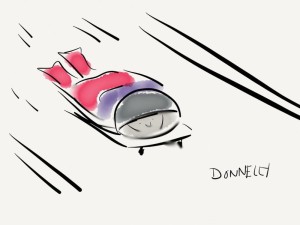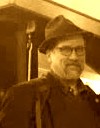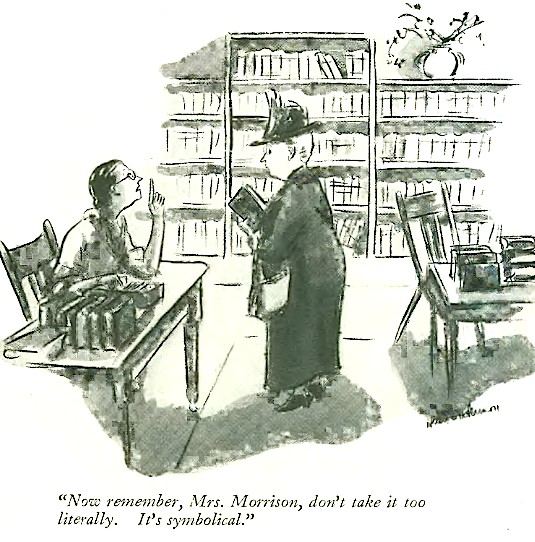 Liza Donnelly, who has been live Tweet drawing the Olympics, continues on tonight. The New Yorker‘s “Sporting Scene” is showcasing her work here.
Liza Donnelly, who has been live Tweet drawing the Olympics, continues on tonight. The New Yorker‘s “Sporting Scene” is showcasing her work here.
And.. Karasik Wins
Paul Karasik (left) who has been contributing his cartoons to The New Yorker since 1999 has the winning 12 Panel Pitch for Slate. Read all about it/ see it here.
Link here to his blog, Rules to Vivere By. Link here to his Wikipedia entry.
And…More Maloney
Back in March of 2013, I wrote a piece about Russell Maloney and his connection to The New Yorker‘s cartoons. Since then I’ve acquired a copy of Maloney’s 1945 collection, It’s Still Maloney (cover by Richard Taylor, re-posted here. The March scan wasn’t very good).
In Maloney’s preface (“Author! Author!”) he tells us he will he provide a running commentary through the book — a nice touch — and he also lets us in on his introduction to The New Yorker. He first sold the magazine an anecdote in “the dreadful summer of 1932” (for ten dollars), and then that same year:
One of the Boston newspapers informed me that The New Yorker artists did not always think up their own ideas for pictures, that the management paid outsiders for suggestions. I sent in an account of a situation I thought would make a good Helen Hokinson picture — a lady librarian handing over a book to a patron with the admonishment, “Now don’t take this too literally, it’s symbolism” — and got paid for that: seven dollars.
And here’s the Hokinson drawing, caption by Maloney, published in The New Yorker, January 7, 1933.
Extra reading: Here’s Richard Taylor’s entry on Ink Spill‘s “New Yorker Cartoonists A-Z”:

Richard Taylor (self portrait above from Meet the Artist) Born in Fort William, Ontario, Sept. 18, 1902. Died in 1970. NYer work: 1935 -1967. Collections: The Better Taylors ( Random House, 1944, and a reprint edition by World Publishing, 1945), Richard Taylor’s Wrong Bag (Simon & Schuster, 1961). Taylor also authored Introduction to Cartooning ( Watson -Guptill, 1947). From Taylor’s introduction: the “book is not intended to be a ‘course in cartooning’…instead, it attempts to outline a plan of study — something to be kept at the elbow to steer by.”



